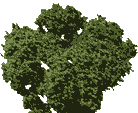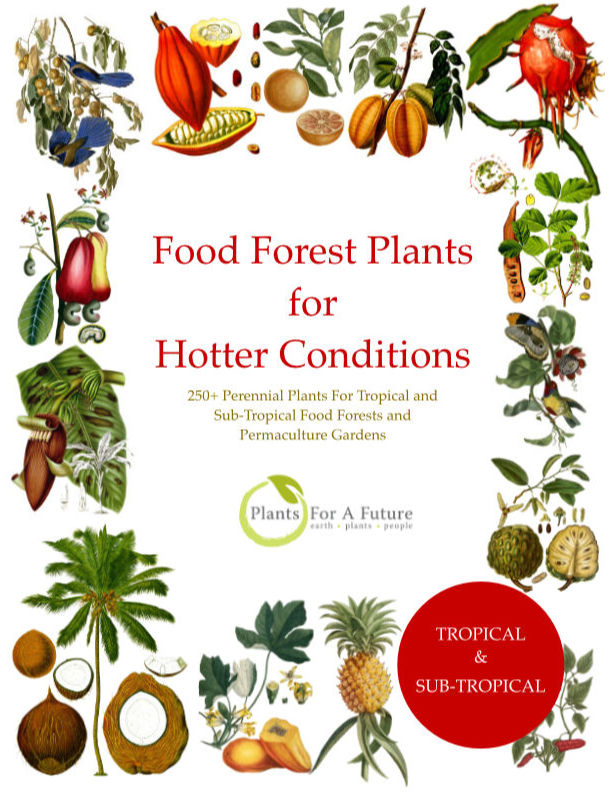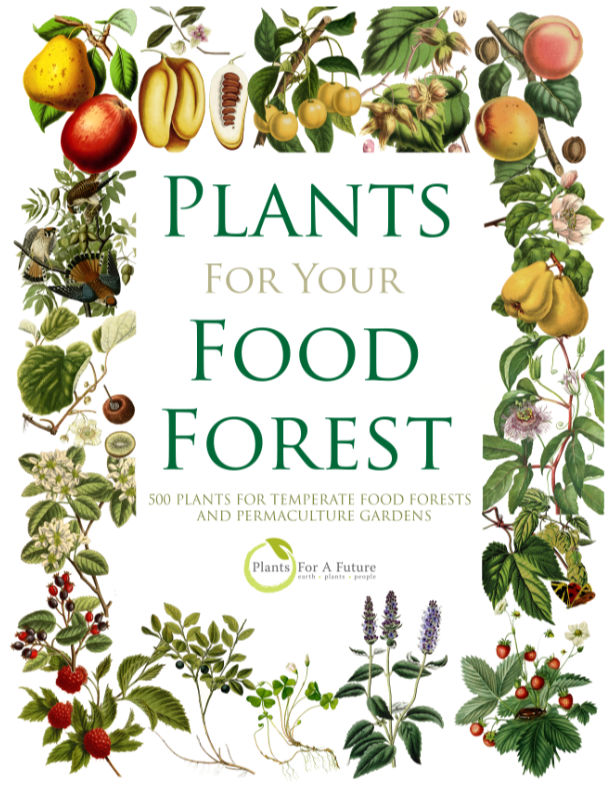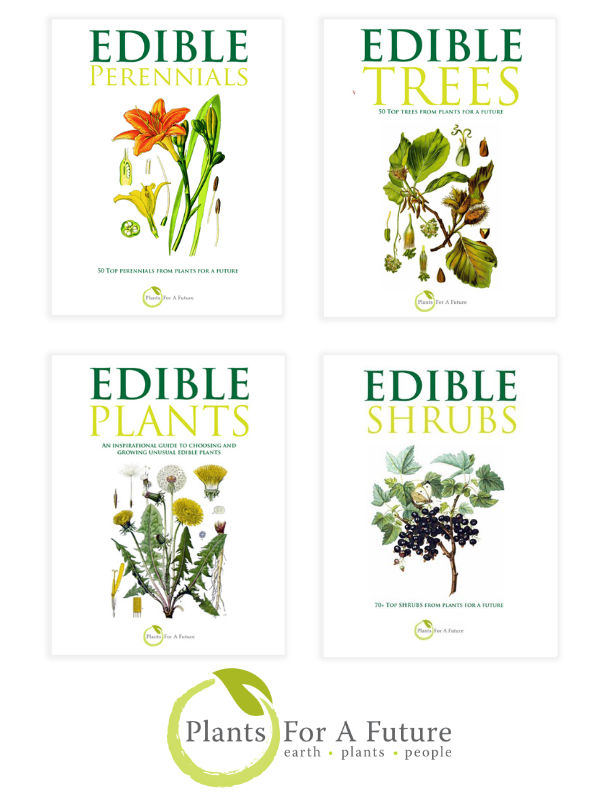Translate this page:
Summary
Himalayan Raspberry (Rubus biflorus), native to the Himalayas, can adapt to Mediterranean and semi-arid climates. It is drought-tolerant once established. It can tolerate partial shade and is moderately drought-tolerant but benefits from occasional watering during dry periods. Himalayan Raspberry produces edible berries valued for its ornamental qualities due to its striking white stems. Rubus are a diverse group of plants, including blackberries, raspberries and dewberries. They are all rose family members and are mainly native to the Northern Hemisphere. They are found in various habitats, including forests, meadows, and even deserts. Rubus plants are important food sources for humans and animals, and their berries are used in jams, pies and wines. Several species of Rubus are adaptable to dry, arid, semi-arid, or Mediterranean climates. These species tend to be drought-tolerant, surviving in regions with limited rainfall and thriving in well-drained soils.
Physical Characteristics

 Rubus biflorus is a deciduous Shrub growing to 3.5 m (11ft) by 3.5 m (11ft) at a fast rate. It is in flower in July, and the seeds ripen from August to September. The species is hermaphrodite (has both male and female organs) and is pollinated by Insects. The plant is self-fertile.
Rubus biflorus is a deciduous Shrub growing to 3.5 m (11ft) by 3.5 m (11ft) at a fast rate. It is in flower in July, and the seeds ripen from August to September. The species is hermaphrodite (has both male and female organs) and is pollinated by Insects. The plant is self-fertile.
It is noted for attracting wildlife.
Suitable for: light (sandy), medium (loamy) and heavy (clay) soils and prefers well-drained soil. Suitable pH: mildly acid, neutral and basic (mildly alkaline) soils. It can grow in semi-shade (light woodland) or no shade. It prefers moist soil.
UK Hardiness Map
US Hardiness Map
Synonyms
Plant Habitats
Woodland Garden Sunny Edge;
Edible Uses
Edible Parts: Fruit
Edible Uses:
Fruit - raw or cooked[2, 11, 51, 105, 272]. The yellow fruit is pleasantly flavoured[1]. Sweetish[158]. The fruit is about 20mm in diameter[200].
References More on Edible Uses
Medicinal Uses
Plants For A Future can not take any responsibility for any adverse effects from the use of plants. Always seek advice from a professional before using a plant medicinally.
None known
References More on Medicinal Uses
The Bookshop: Edible Plant Books
Our Latest books on Perennial Plants For Food Forests and Permaculture Gardens in paperback or digital formats.

Edible Tropical Plants
Food Forest Plants for Hotter Conditions: 250+ Plants For Tropical Food Forests & Permaculture Gardens.
More

Edible Temperate Plants
Plants for Your Food Forest: 500 Plants for Temperate Food Forests & Permaculture Gardens.
More

More Books
PFAF have eight books available in paperback and digital formats. Browse the shop for more information.
Shop Now
Other Uses
Dye
Agroforestry uses: Rubus species can serve as ground cover, helping to prevent soil erosion. They provide habitat and food for various wildlife species, including birds and beneficial insects. Their thorns can also act as a natural barrier. A purple to dull blue dye is obtained from the fruit[168]. 1. Nectary - Flowers rich in nectar and pollen:
Yes – Rubus species (including blackberries, raspberries, etc.) produce flowers that are rich in nectar and pollen, attracting bees, butterflies, and other pollinators.
2. Wildlife - Food (Fruit, Seeds, Leaf litter, Shelter, Nesting, Roosting):
Yes – Rubus species produce abundant berries that are a significant food source for birds, mammals, and insects. Their dense thickets also provide shelter and nesting sites for small animals and birds.
3. Invertebrate Shelter (Overwintering sites, Leaf litter, Groundcover):
Yes – The dense, sprawling growth habit of Rubus species provides excellent cover and shelter for invertebrates, with leaf litter creating ground habitat. They also offer overwintering sites in their stems and leaf litter.
4. Pest Confuser (Smell):
No – Rubus species are not typically known for emitting scents that confuse pests.
Special Uses
References More on Other Uses
Cultivation details
Easily grown in a good well-drained loamy soil in sun or semi-shade[1, 11, 200]. Hardy to about -15°c[184]. Another report suggests that the plant will only succeed outdoors in the mildest parts of the country[200]. The plant has ornamental white canes but it needs plenty of space and is not a good neighbour because of its prickly stems[182]. This species is a raspberry with biennial stems, it produces a number of new stems each year from the perennial rootstock, these stems fruit in their second year and then die[200]. Plants in this genus are notably susceptible to honey fungus[200]. Berries are typically harvested in summer, from late spring to early autumn, depending on the species and local climate. Rubus species generally flower in late spring to early summer, usually from May to June (Northern Hemisphere), depending on the specific species and environmental conditions. Rubus species are known for their vigorous growth and can establish quickly, often spreading through both seeds and vegetative propagation. They can reach maturity in 1 to 2 years, with some species growing rapidly within a single growing season. Many Rubus species are self-fertile, meaning that a single plant can produce fruit on its own. However, some varieties may benefit from cross-pollination to increase yield.
References Carbon Farming Information and Carbon Sequestration Information
Temperature Converter
Type a value in the Celsius field to convert the value to Fahrenheit:
Fahrenheit:
The PFAF Bookshop
Plants For A Future have a number of books available in paperback and digital form. Book titles include Edible Plants, Edible Perennials, Edible Trees,Edible Shrubs, Woodland Gardening, and Temperate Food Forest Plants. Our new book is Food Forest Plants For Hotter Conditions (Tropical and Sub-Tropical).
Shop Now
Plant Propagation
Seed - requires stratification and is best sown in early autumn in a cold frame. Stored seed requires one month stratification at about 3°c and is best sown as early as possible in the year. Prick out the seedlings when they are large enough to handle and grow on in a cold frame. Plant them out into their permanent positions in late spring of the following year. Cuttings of half-ripe wood, July/August in a frame[200]. Tip layering in July. Plant out in autumn. Division in early spring or just before leaf-fall in the autumn[200].
Other Names
If available other names are mentioned here
Himalayan Raspberry, Rubus biflorus
Native Range
TEMPERATE ASIA: China (Gansu Sheng, Guizhou Sheng, Shaanxi Sheng, Sichuan Sheng, Xizang Zizhiqu, Yunnan Sheng) TROPICAL ASIA: Bhutan, India (Himalayan region), Nepal, Pakistan (Kashmir), Myanmar
Weed Potential
Right plant wrong place. We are currently updating this section.
Please note that a plant may be invasive in one area but may not in your area so it’s worth checking.
Conservation Status
IUCN Red List of Threatened Plants Status :

Growth: S = slow M = medium F = fast. Soil: L = light (sandy) M = medium H = heavy (clay). pH: A = acid N = neutral B = basic (alkaline). Shade: F = full shade S = semi-shade N = no shade. Moisture: D = dry M = Moist We = wet Wa = water.
Expert comment
Author
Buch.-Ham.
Botanical References
11200266
Links / References
For a list of references used on this page please go here
Readers comment
| Add a comment |
|
If you have important information about this plant that may help other users please add a comment or link below. Only comments or links that are felt to be directly relevant to a plant will be included. If you think a comment/link or information contained on this page is inaccurate or misleading we would welcome your feedback at admin@pfaf.org. If you have questions about a plant please use the Forum on this website as we do not have the resources to answer questions ourselves.
* Please note: the comments by website users are not necessarily those held by PFAF and may give misleading or inaccurate information.
To leave a comment please Register or login here All comments need to be approved so will not appear immediately.
|